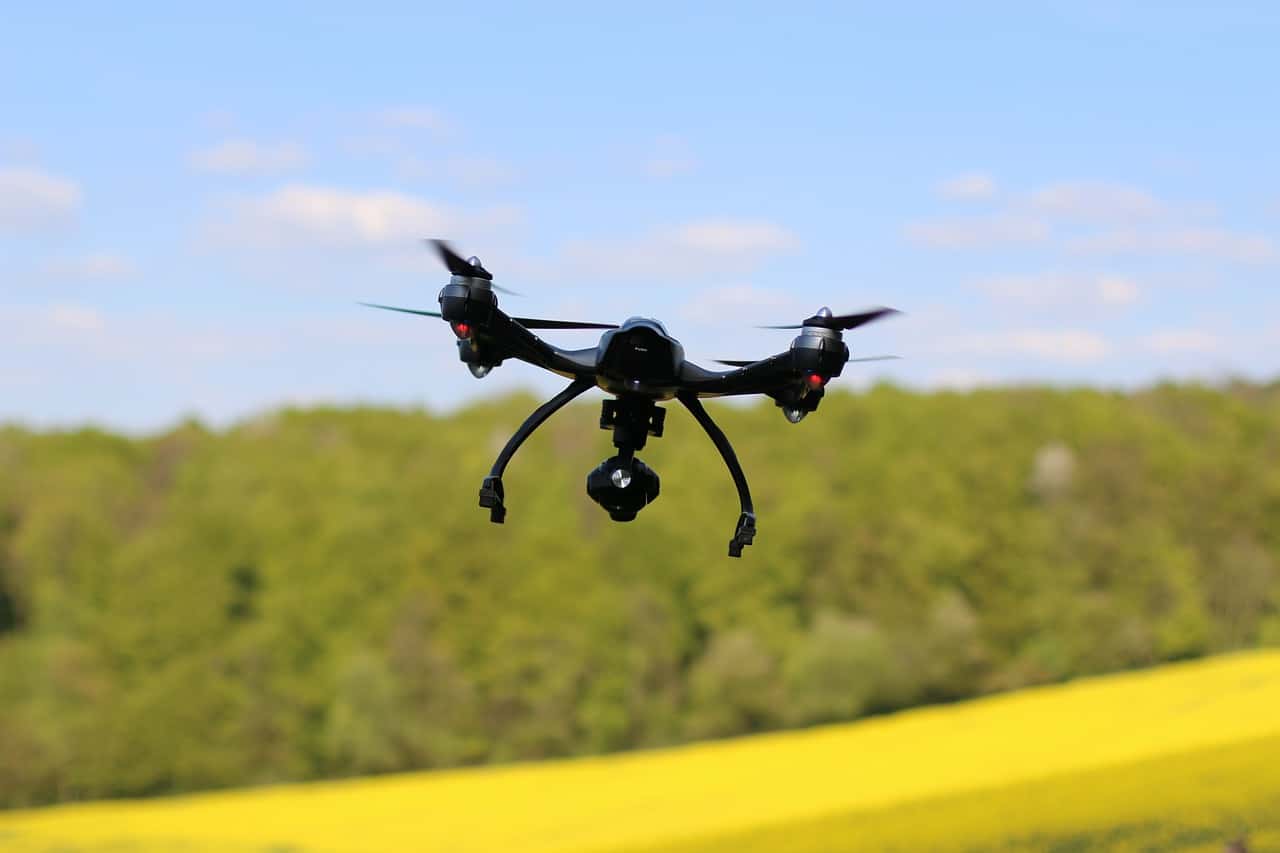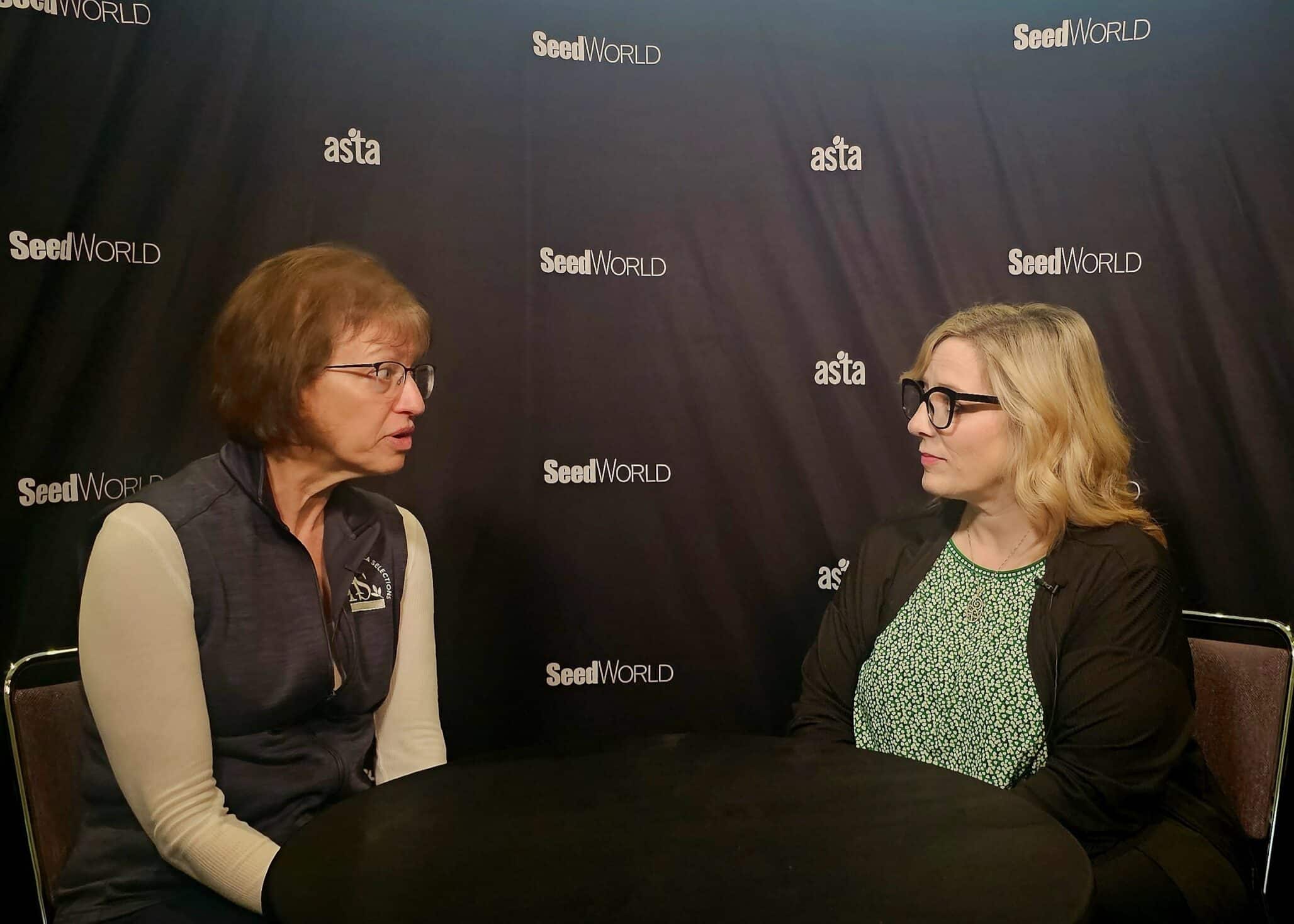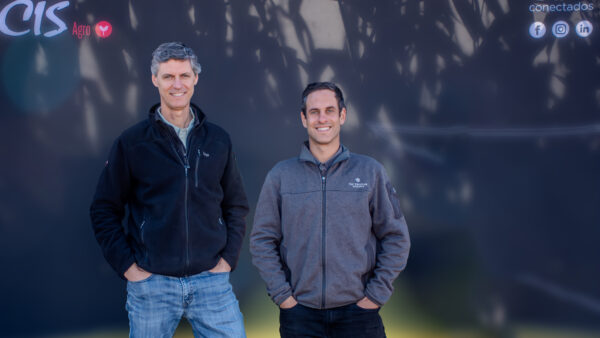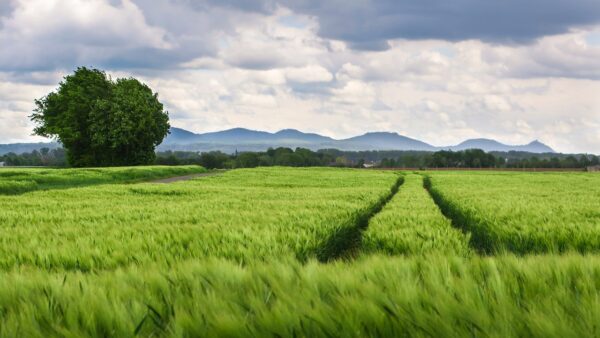I’m Bayer’s corn seed treatment technical and market development manager. I manage all the corn seed treatment work right across North America, which includes all of the product trialing. I’ve been invested in product trialing efforts for 14 years. While the backbone of a lot of what we do and how we do it has stayed the same, what’s changed radically in the last few years — even in just the last three years — is how we acquire data and what that means to the quality of the analysis we can now provide.
I’m in charge of 290 corn seed treatment trial sites across North America. Up until recently, I’d design each year’s trial parameters, then I’d send out seed and management details to each of the trial sites. They’d grow the trials according to my directions and then send me a body of data: yield, agronomic details like canopy closure date, etc. My analysis team would compile and analyze all those data points from each of the sites. That’s what I call manual data: human technicians going into fields to physically collect data, then human technicians calculating the data to discern key findings.
Let me just pause for a moment and say that the data collected was excellent data – the very best of what was possible given the limits of human collection. It just can’t hold a candle to high-tech collection.
Today, we’re using UAV drones to capture data. The sheer amount of data we can draw from is exponentially and mind-blowingly larger. Imagine eight treatments being tested in 500-foot-long rows, six rows wide, with eight sites in a state. We used to get one number for each data set we were measuring: one yield measurement per treatment per site, etc. Using UAV drones, we now capture data on a huge range of metrics every 20 feet, which we then layer with yield data also measured from within those 20-foot quadrants. Now, instead of a handful of numbers, we’re working with literally 1000s of spatial results for each trial site and each treatment. What that big data delivers is a full and accurate picture of in-field variability.
It’s not just the amount of data collected, it’s also the quality. In the case of crop vigor, for example, we used to ask field techs to measure vigor on a one to nine visual scale. It was good data, but it was a subjective rating taken only with the ‘human eyeball sensor’. With a drone, we’re able to capture vigor results that are quantifiably objective.
Adding in today’s big data analysis tools means the opportunities to better understand our crops and how to optimize their management is nothing short of incredible. I’m excited to work with a company that has always stood as a frontrunner in trialling and data collection and now leads the industry in these big and high-tech steps forward.












